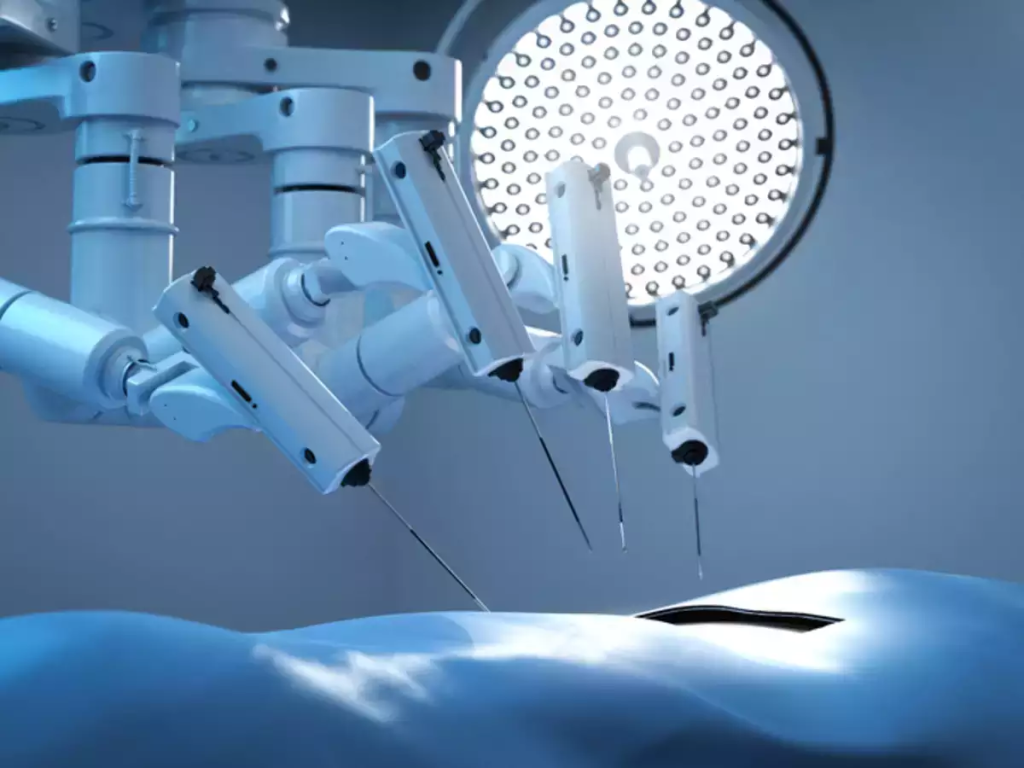
They call it “prostate cancer New York.” It’s a name that conjures up a heart-wrenching image of a bustling city stopped in its tracks by a life-altering diagnosis. But hold on to your seats because this isn’t a story of despair. It’s a tale of hope, progress, and cutting-edge technology. We’re on the cusp of a medical revolution, where robotics is changing the face of urology. Providing new ways to attack diseases, robotics is offering a ray of hope to those fighting prostate cancer, particularly in New York. We’re about to take a deep dive into the exciting world of robotics in urology, so stick around.
The Rise of Robotics
Remember the traditional surgeries? The ones that were long, messy, and required significant recovery time? Technology, specifically robotics, has flipped the page. Now, urologists are armed with precise, versatile robots to perform complex procedures with minimal invasiveness. No longer are patients burdened with long hospital stays and painful recoveries. Robotics has changed the game.
Robotics and Prostate Cancer
Prostate cancer is a stubborn enemy. Yet, it’s meeting its match in robotics. Robotic surgery allows urologists to remove the prostate with incredible precision, sparing healthy tissue and reducing the risk of complications. For the men of New York fighting prostate cancer, robotics brings new hope. It’s a light at the end of a very dark tunnel.
Rewriting the Future of Urology
Robotics is not just a flashy gadget—it’s turning the page in urology’s history. We’re witnessing a fundamental shift, a new chapter, where patients benefit from less invasive procedures, shorter hospital stays, and faster recoveries. This is the future of urology, and it’s happening right here in New York.
Conclusion
In the face of prostate cancer in New York, robotics is a beacon of hope. It’s a testament to human ingenuity and our relentless pursuit of better, more effective treatments. The revolution has begun, and robotics is leading the charge. And for those in the throes of battling prostate cancer, this technology offers not just hope, but a real chance at a brighter, healthier future.